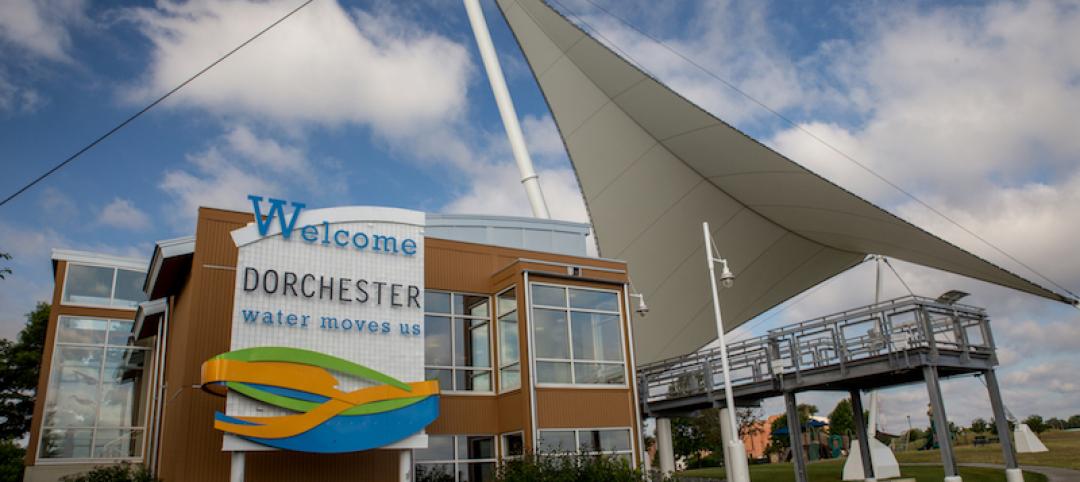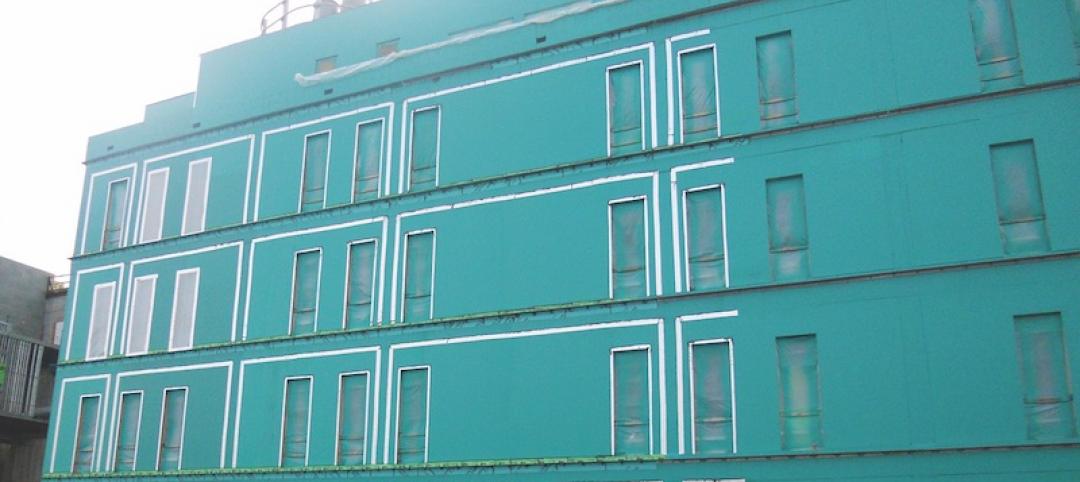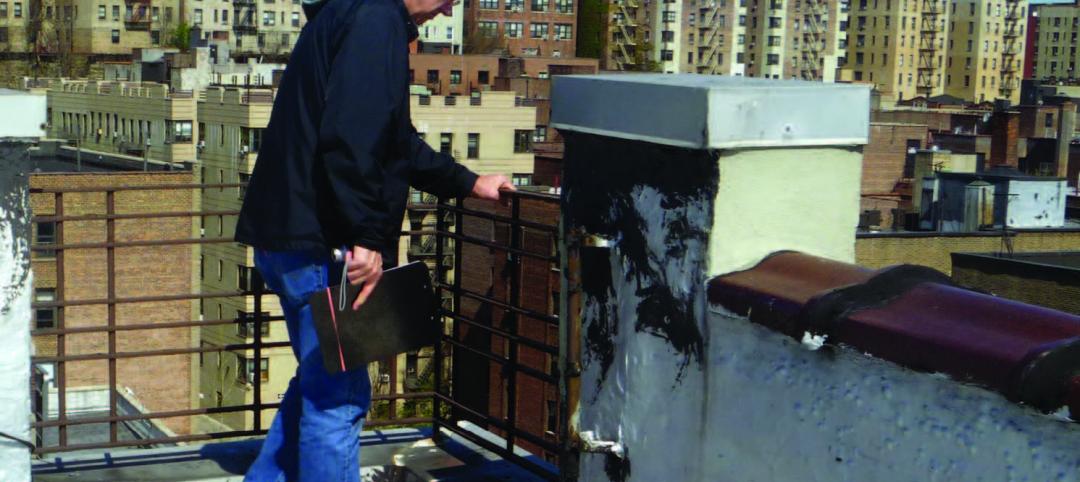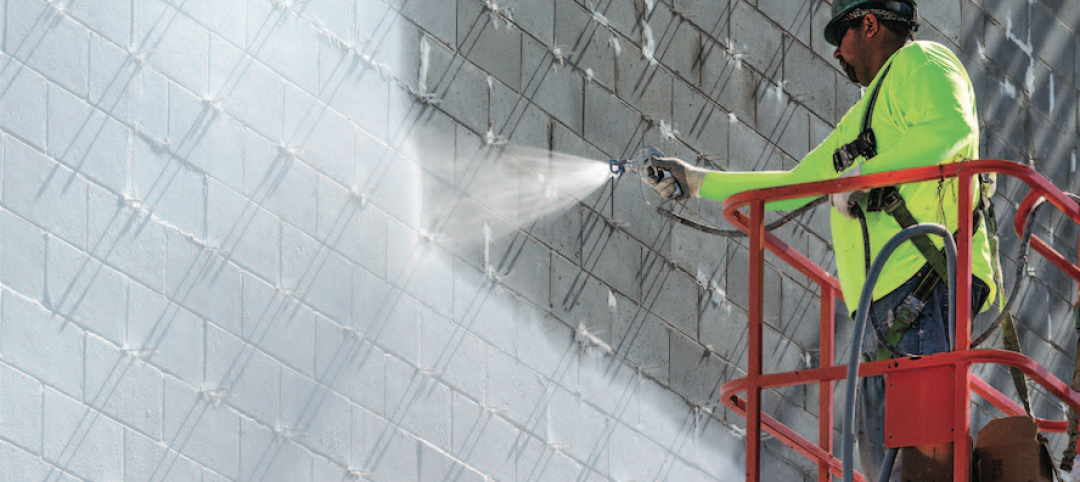Located in Aliquippa, Pa., just west of Pittsburg, Gateway Rehabilitation Center is a private, non-profit organization, focused on the prevention, treatment, education and research of substance abuse and alcoholism. Since 1972, Gateway has become an internationally recognized leader in addiction treatment for adolescents, youth and adults.
When tasked with the design and development of a newly constructed Gateway Rehabilitation Center, Architects at Rothschild Doyno Collaborative (RD Collaborative) first designed the new center to include metal panels. When the numbers came back, they were challenged with finding a product that would help cut costs and keep them within the construction budget. The discussion of fiber cement cladding from Nichiha came up, as a way to help reduce costs. The decision was ultimately made to go with the Nichiha Illumination Series Panels due to the cost-savings of the product; it is the perfect product to create an innovative design on a budget. Where metal panels run from thirty dollars a square-foot, Nichiha’s fiber cement panels come in a half or less of the metal panel cost.
Nichiha’s Illumination Series Panels provided an attractive finish, quick installation, cost-savings and a vast array of distinctive color options; all of these value benefits stand Nichiha apart from other cladding options in the industry. Due to the ability to utilize custom colors to fit the surrounding community, Nichiha’s Color Xpressions System provided a perfect choice to reflect the specific design of the building, creating a multi-color design that provided a modern, sleek look.
Thomas Balduf, regional sales representative for Nichiha stated “Given the various benefits and deciding factors Nichiha’s panels provided for the Gateway Youth Center, installation and time were also an extremely important factor. Nichiha’s panels stand apart from other various siding and cladding products in the industry simply due to the quick installation process.”
“The panels can be installed in any weather environment, which is a huge advantage for architects and contractors who are on limited time constraints. RD Collaborative was able to install the panels quickly, allowing the project to stay on schedule. In the end, the Nichiha panels hit all of the goals, and helped create a building that stands apart.”
In addition to the Gateway Rehabilitation Center project, RD Collaborative has a wide variety of other local projects they are working on, specifying Nichiha panels from the beginning of the design and development, due to the success of this project.
CHALLENGE
To find durable, modern-looking panels with the design aesthetics of metal panels, at a considerably less cost.
SOLUTION
The Illumination Series Panels provide a durable, sustainable and versatile design, with a clean crisp modern look and feel, allowing for a quick install and huge cost-savings.
RESULTS
Nichiha was able to provide the client with the desired look and feel to compliment the Gateway Rehabilitation Center, utilizing high-performance, durable exterior cladding panels.
Architect: Rothschild Doyno Collaborative
Location: Aliquippa, Pa.
Project type: New construction
Product: Illumination Series
Project features:
? Modern aesthetics
? Quick installation
? Cost savings
? Color Xpressions System
? Durability
About Nichiha USA
Nichiha U.S.A., Inc., a subsidiary of Nichiha Corporation, was established 1998 and is headquartered in Norcross, Ga. Nichiha Corporation, an international leader in fiber cement technology for more than 35 years, has 13 plants worldwide and markets distinct patterns of fiber cement siding products in the U.S. In 2007, Nichiha opened its first U.S. manufacturing plant in Macon, Ga., responding to an increase in demand for fiber cement products in the Southeast market. For more information, call 1.86.NICHIHA1 or visit nichiha.com.
Media Contact:
Laura Roman
Kleber and Associates
lroman@kleberandassociates.com
(770) 518- 1000 ex. 216
6659 Peachtree Industrial Blvd., Suite AA
Norcross, GA 30092
770.805.9466
www.nichiha.com
©2013 Nichiha USA, Inc. All rights reserved.
Related Stories
Sponsored | Building Enclosure Systems | Oct 22, 2018
Effective water management building materials are essential for harsh weather events
The building envelope plays a crucial in protecting projects from excess moisture, mold, and rot.
Sponsored | Building Enclosure Systems | Jul 16, 2018
Building for Efficiency: Systems Approaches Boost Profitability
BD+C University Course | May 24, 2018
Accommodating movement in building envelope materials [AIA course]
We may think of the building envelope as an inanimate object, but in reality its components can be quite mobile. This AIA CES course is worth 1.0 AIA LU/HSW.
BD+C University Course | Apr 12, 2018
Meeting the demand for high-efficiency façades [AIA course]
On a national scale, the impetus to improve building energy performance is manifest in the latest and most far-reaching model energy code from the International Code Council.
75 Top Building Products | Mar 21, 2018
101 Top Products: Building Envelope 2018
Among the best building envelope products included in BD+C's Top 101 Products report are Eldorado Stone's GenFlex EPDM Adhesive, Henry Company's Henry Restoration System, and Dryvit's NewBrick Brick System.
Sponsored | | Feb 28, 2018
Quality Products Needed To Meet Green Building Standards Today
Sustainable healthcare facilities will need energy-efficient building enclosures from the outset.
Products and Materials | Dec 20, 2017
Liquid air barrier goes on, rain or shine
The silyl-terminated polyether (STPE) liquid-applied air barrier does not wash off when exposed to light rain following application.
Building Enclosure Systems | Jul 26, 2017
Balcony and roof railings and the code: Maintain, repair, or replace? [AIA course]
Lacking familiarity with current requirements, some owners or managers complete a roof or balcony rehabilitation, only to learn after the fact that they need to tear noncompliant railings out of their new roof or terrace and install new ones.
Building Enclosure Systems | Dec 12, 2016
The 100-year enclosure: Strategies for heat-air-moisture control
Should institutional and commercial buildings be built to last 100 years? Why not? There are plenty of examples that have performed well for a century or more.


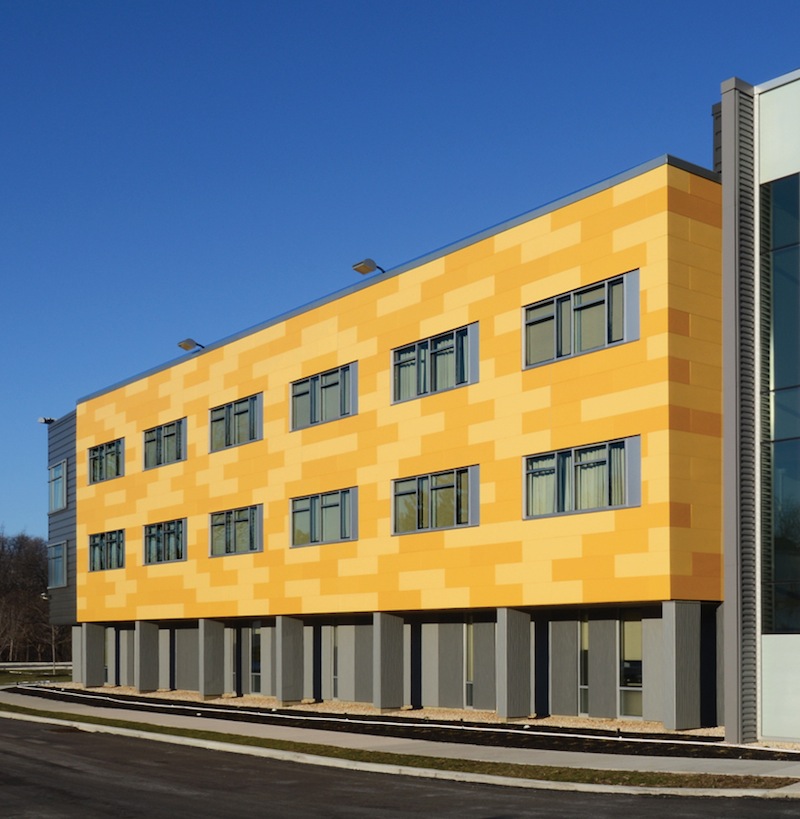
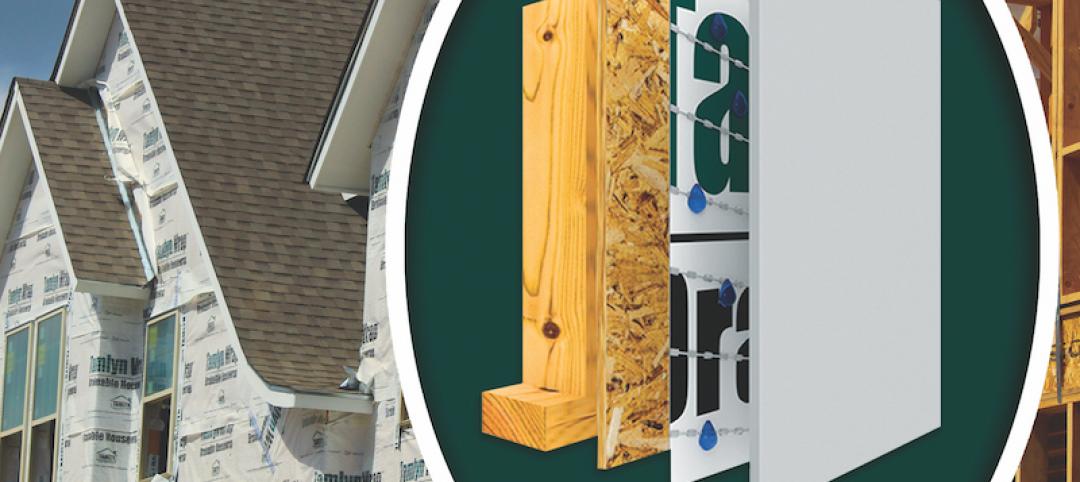
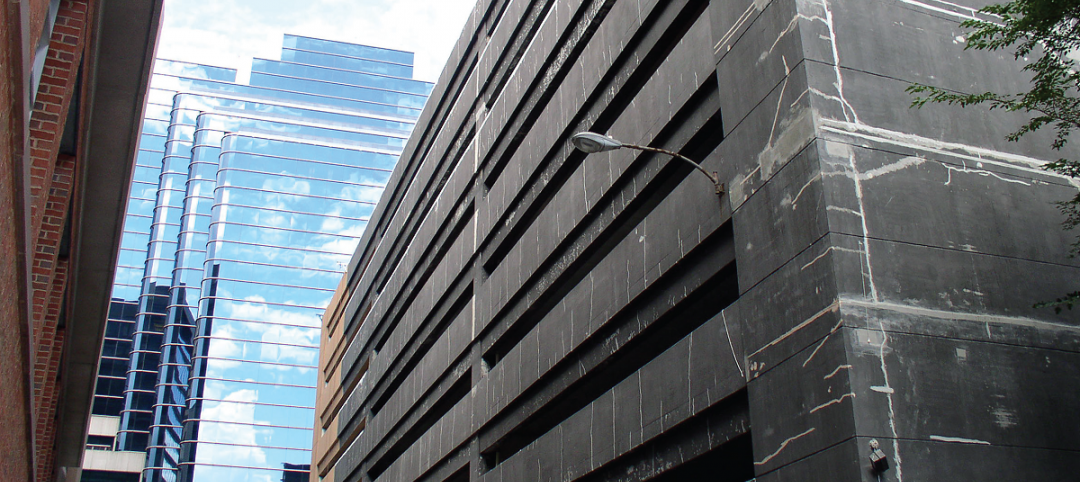
![Meeting the demand for high-efficiency façades [AIA course] Meeting the demand for high-efficiency façades [AIA course]](/sites/default/files/styles/list_big/public/AIA_BDC1217.jpg?itok=SOjPFpxR)
